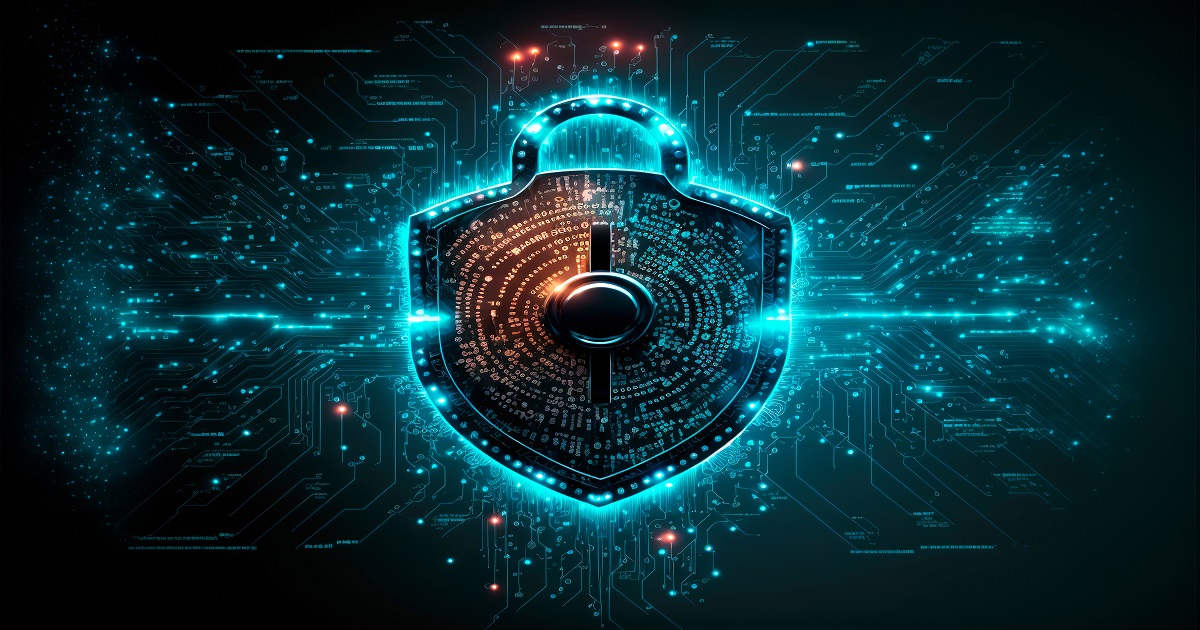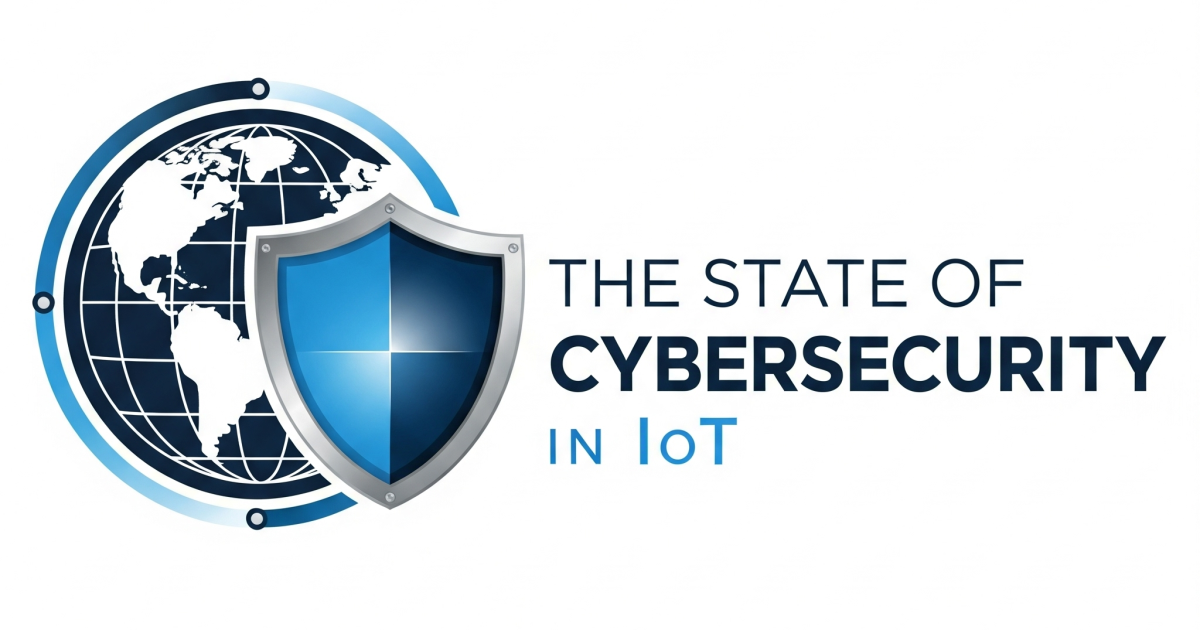
In the current age of technology, cellular connectivity is a priority for the modern-day business, with private 5G generating fanfare from almost all industries. Offering quality-of-service-based priority, the new network technology has the potential to digitally transform organizations in the industrial, healthcare, retail, smart cities, railways, transportation, ports, mining, and energy sectors.
The global private 5G network market size is estimated to reach $14.28 billion by 2028, registering a CAGR of 39.7 percent between now and then. The rapid growth can be attributed to the enhanced mobile broadband, Ultra Reliable Low Latency Communications (URLLC), and massive Machine Type Communications features of private 5G, which open a wide range of use cases in relation to edge computing and the Internet of Things (IoT).
The potential of private 5G for the edge and IoT was the topic of discussion in the most recent episode of the Cutting Edge Podcast. Hosted by Leonard Lee, Managing Director and Founder of Next Curve and a member of the acceleration economy analyst network, episode 15 in the series discussed private cellular networks and what they mean within the world of edge computing.
Lee opened up the podcast quickly, discussing the possibilities a private 5G network offers and why there is so much hype generating around the technology.
“A great deal of the excitement today about private cellular networks is thanks to 5G,” said Lee. “5G private networks promise to bring a whole new level of wireless connectivity, with a bevy of industrial-grade features and some novel capabilities.
“The early benefits that companies have sought with cellular have been coverage,” he continued. “Cellular deployment, in an industrial setting in particular, typically requires fewer access points (APs) thanks to the comparatively longer range of cellular versus Wi-Fi.”
However, Lee does state that private 5G networks and other cellular technologies are not necessarily replacing Wi-Fi.
“It’s inevitable that there will be the comparison of cellular to Wi-Fi,” he said. “Each wireless technology has its role in the enterprise or industrial environment based on unique merits, benefits, and limitations. So, they’re not mutually exclusive, if you will; they’re complimentary.”
From here, Lee shifted the discussion towards private 5G’s capabilities in relation to edge computing and IoT technology.
“Newer 5G features for enhanced machine type communications will allow edge infrastructure to support more IoT connections than you’ll probably ever need,” according to Lee. “These new features will help usher in new categories of devices with some significant power efficiency and performance improvements.”
“All of this means a new frontier for mobile wireless edge computing applications,” he continued. “This could mean augmented reality (AR), immersive communications, advanced sensory applications, and remote automation of assets in a plant or warehouse in support of critical processes. Sprinkle in a bit of intelligence, and you might even realize some autonomous functions in the loop.”
Lee wrapped up the episode by preaching patience when it comes to private 5G network deployments.
“5G is here, but it’s also evolving. This is very important to understand and recognize. There are opportunities to leverage private cellular networks to enhance your wireless edge computing applications,” stated Lee. “Bottom line? Don’t give up on private 5G for your edge computing future. While the differentiation and value of private cellular networks might be light at the moment, there is no question that it will get better.”
Edited by
Erik Linask





